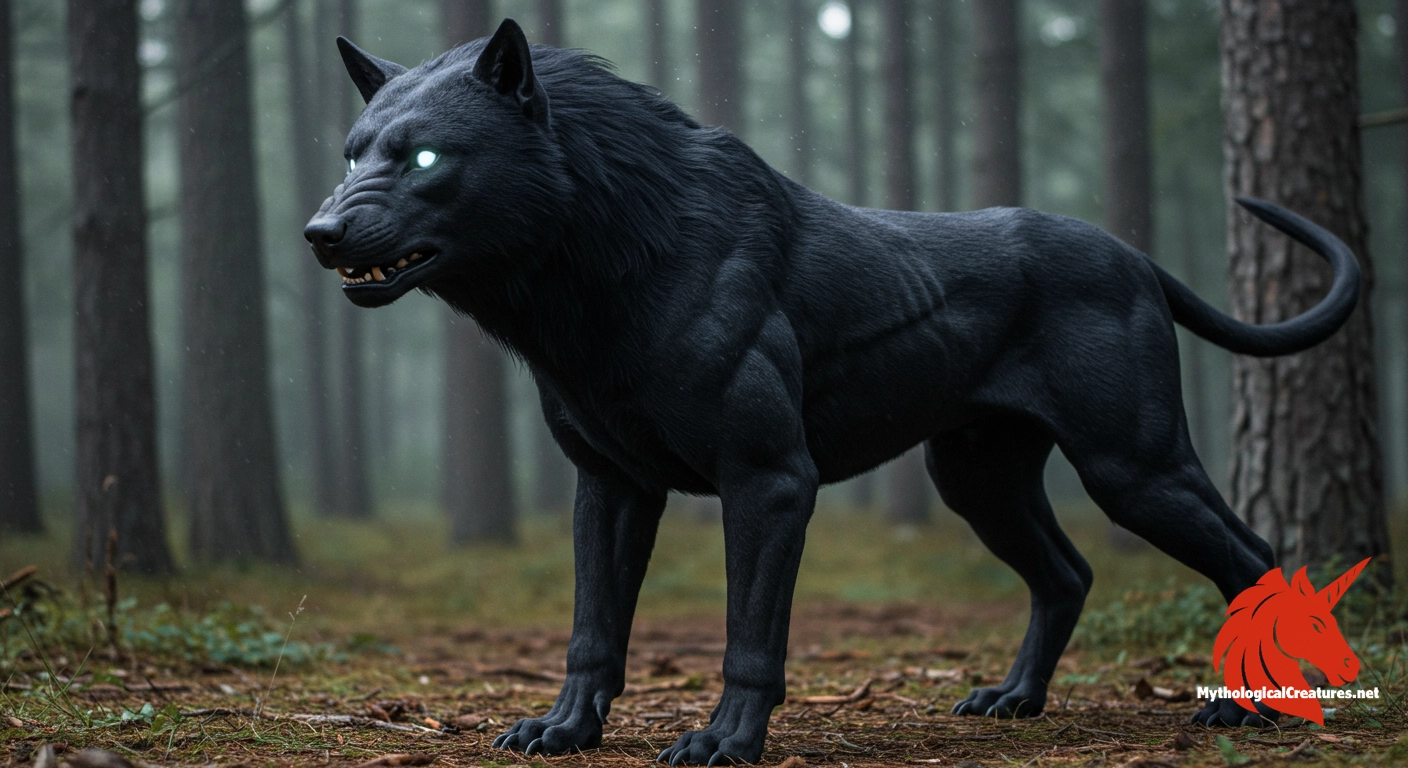Heini-iki: Heini-iki, also known as Kul-iki, is an Ob-Ugrian god of the Underworld and spirits of sickness.

Heini-iki
Heini-iki - A feared and taboo deity whose appeasement through animal sacrifices was believed to prevent illness.
Origins & First Encounters
Heini-iki, also known as Kul-iki, emerges from the rich tapestry of Ob-Ugrian mythology as a formidable deity governing the Underworld and the realm of sickness. His persona is intricately linked with the forces that challenge the boundaries of life and death, invoking a deep sense of mystery and dread. He is portrayed in stark contrast to his celestial brother, Numi-Torum, whose association with the heavens further accentuates Heini-iki’s dark dominion. His myth is rooted in ancient traditions and rituals that have been passed down through the generations of Ob-Ugrian peoples, serving as both a warning and a form of spiritual guidance. The deity’s early attestations are embedded in the cultural practices and oral lore of communities from regions such as Surgut, where his presence was palpable. The divine responsibility entrusted to him encompassed not only the overseeing of the nether realms but also the delicate balance between health and affliction. His narrative is underscored by strict taboos, notably the prohibition against uttering his name in the presence of the sick or dying, which magnifies his feared potential. Over time, Heini-iki has continued to occupy a central role in the mythological and ritualistic framework of these cultures, symbolising the inevitable confrontation with decay and the unknown.
Source Texts & Tale Variants
The story of Heini-iki is interwoven within a mosaic of oral traditions and ritualistic accounts that have been preserved by the Ob-Ugrian peoples over centuries. Tales of his deeds and ominous powers appear in both sacred incantations and the liturgy of sacrificial rites, offering varied insights into his character. Diverse folklore narratives recount his ability to transform into different forms, thereby blending the realms of the tangible and the spectral. Some versions of his myth present him as a spectral entity with the power to blur the borders between the mortal and divine planes. In other stories, the deity’s role as a bringer of both punishment and protection is emphasised in the context of ritual sacrifices conducted during times of widespread illness. These narrative strands, passed down through generations, reflect a dynamic and evolving perception of his nature. The multiplicity of his portrayals—that of a shape-shifter and as a harbinger of ill fortune—illustrates the adaptability of his myth in response to changing social and spiritual needs. Over time, textual fragments and oral recitations have converged, enriching our understanding of Heini-iki through layered story variants that continue to resonate with his followers.
Form & Powers
Heini-iki is renowned for his mutable physical form, a characteristic that amplifies his mysterious and formidable nature. In some depictions, he assumes the guise of a dog with a sleek, jet-black coat and an intense, otherworldly presence that hints at both guardianship and menace. Alternatively, he may appear as a cat, embodying an elusive and independent spirit that moves silently in shadowy realms. Some legends describe his form as a dense, enveloping fog—a spectral manifestation that obscures vision and conceals the true nature of those it touches. The recurring motif of the colour black, as noted by the Khanties, reinforces his association with darkness, foreboding, and the metaphysical unknown. His physical appearance is frequently linked to the rituals where animal sacrifices of a similar hue are offered to appease him and stave off illness. This variable, shape-shifting quality not only reflects his control over both corporeal and ephemeral dimensions but also serves as a symbolic bridge between the animate and inanimate. The shifting nature of his appearance has captivated the imagination of the faithful, making his physicality a potent emblem of the transient boundary that separates life from the spectral realms.
Regional Faces
Across the sprawling regions inhabited by the Ob-Ugrian peoples, the depiction of Heini-iki has acquired distinctive local nuances that underscore his multifaceted nature. In the Surgut area, for example, the Khanties emphasise his inextricable link with the colour black, an aspect that influences both iconography and the selection of sacrificial animals. In some communities, local folklore has expanded his role beyond the strict confines of the underworld, positioning him as an intermediary between the living and the unseen spirits who traverse nocturnal landscapes. Various villages have integrated natural elements into his myth, aligning his presence with seasonal changes and the gloom of winter. Local adaptations often highlight his capacity to appear in various animal forms, a feature that resonates with the immediate natural world and its fauna. The practice of abstaining from pronouncing his name in the vicinity of the sick further illustrates regional superstitions that contribute to his enigmatic reputation. While the overarching themes of darkness and sickness remain consistent, regional variations infuse his myth with culturally specific details that reflect localized spiritual practices. These diverse portrayals exemplify how a single mythological figure can evolve in tune with the geographical and social fabric of different communities.
Cultural Parallels
The myth of Heini-iki occupies a space comparable to other underworld deities across a spectrum of global mythologies, illustrating a universal engagement with the themes of death and the unknown. His shapeshifting ability, seen in his transformations into creatures such as dogs and cats, brings to mind figures like the Egyptian Anubis, who similarly navigates the liminal spaces between life and death. The notion of a deity whose name is shrouded in taboo and reverence finds echoes in various cultures where the mere utterance of sacred names is believed to invoke potent forces. Like many figures in shamanistic traditions, Heini-iki embodies the paradox of destruction and protection, asserting control over forces that can both harm and ultimately transform. His portrayal as a fog that obscures the guardian spirit resonates with narrative motifs found in Slavic and Nordic folklore, where mists and shadows often signify hidden truths and mystical realms. The dualistic nature of his identity, juxtaposed with that of his heavenly sibling, mirrors other mythological pairings that explore the balance between opposites. Comparative analysis reveals that rituals dedicated to Heini-iki bear similarities to sacrificial traditions designed to appease enigmatic gods elsewhere, highlighting a shared human effort to negotiate mortality and misfortune. His myth therefore serves as a bridge between diverse cultural narratives, linking the Ob-Ugrian spiritual landscape with wider ancient understandings of the underworld and the forces that govern human fate.
Legacy & Modern Evolution
Over the centuries, the figure of Heini-iki has experienced a dynamic evolution in both representation and interpretation, reflecting shifts in cultural and societal attitudes toward death and illness. Early portrayals steeped in ritual and taboo have gradually given way to more allegorical interpretations, influencing modern art, literature, and spiritual discourse. His enduring image as a mysterious guardian of the underworld serves as a potent symbol in contemporary explorations of mortality and the unseen forces of nature. In modern cultural settings, the deity’s associations with sickness and dark transformation have been reinterpreted in diverse media, ranging from poetry and visual arts to cinematic portrayals that invite audiences to confront their deepest fears. Academics and folklorists have revisited Heini-iki’s myth as part of broader studies on how traditional narratives adapt in the wake of modern secularism. This legacy is further bolstered by a renewed interest in indigenous mythologies, where his presence is acknowledged as a crucial component of cultural identity and spiritual heritage. His transformation from a strictly feared god to a more complex, symbolically rich figure mirrors the broader evolution of myth in response to modern existential and social concerns. The continuous reinterpretation of his lore underscores the resilience of ancient beliefs, which, even when re-envisioned, maintain their profound impact on our understanding of the natural world and the human experience.
Interesting Fact
An intriguing aspect of Heini-iki is the taboo surrounding his name, which reflects a cultural belief in the power of words to invoke or ward off supernatural forces.
Quick Creature Info
Origin:
Associations:
Our Mythic Legendary Rating:

Also Sometimes Known As:
Habitat:
Supernatural Powers:
Physical Attributes:
Abilities:
Behavior:
Lore:
References
Discover Another Mythical Legend You May Not Have Heard Of?
Uncover the mysteries of ancient folklore and expand your knowledge of legendary beings from cultures around the world.
Dare to Meet the Jambavan....
Curated by the Mythological Creatures Team (rev. May 2025)
